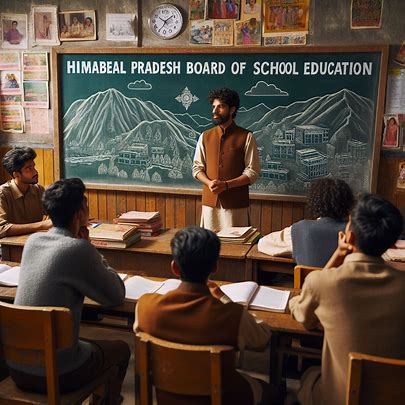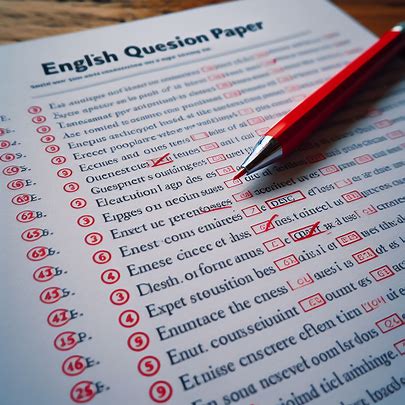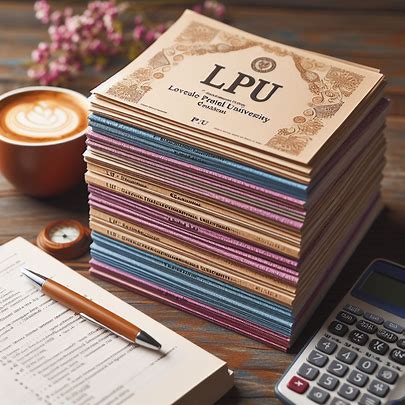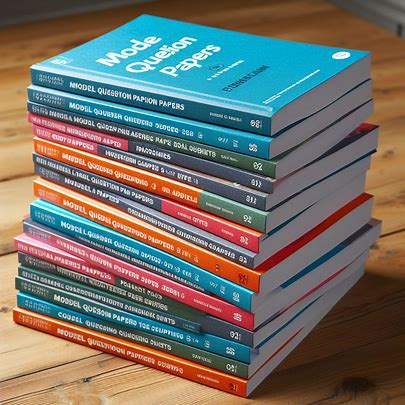Second term maths question paper: Download
As students progress through their academic journey, assessments play a crucial role in evaluating their understanding of various subjects. One such assessment is the second term maths question paper. In this blog post, we’ll delve into the significance of these papers, explore their format, and provide valuable tips for success.
Why Second Term Maths Question Paper Matter
- Assessment of Learning: Second term exams allow teachers to gauge students’ grasp of mathematical concepts covered during the term. These papers assess not only knowledge but also problem-solving skills.
- Preparation for Finals: The second term question paper serves as a precursor to the final exams. It helps students identify areas where they need improvement and refine their study strategies accordingly.
Anatomy of a Second Term Maths Question Paper
A typical second term maths question paper consists of the following sections:
- Objective Questions: These are multiple-choice or fill-in-the-blank questions. They test fundamental concepts and quick recall.
- Short Answer Questions: These questions require concise answers. Students must demonstrate their understanding of specific topics.
- Long Answer Questions: These questions delve deeper into mathematical concepts. Students need to explain their reasoning and provide detailed solutions.
Tips for Excelling in Second Term Maths Exams
- Understand the Syllabus: Familiarize yourself with the syllabus and focus on the topics covered during the term. Prioritize areas that need reinforcement.
- Practice Regularly: Solve practice papers, sample questions, and previous years’ papers. This builds confidence and improves time management.
- Master Concepts: Instead of rote memorization, aim for conceptual clarity. Understand the underlying principles behind each topic.
- Revise Formulas: Create a formula sheet and revise essential formulas regularly. These come in handy during calculations.
- Time Management: Allocate time wisely during the exam. Start with easier questions and gradually move to more complex ones.
Second Term Maths Question Paper (Design and Format)
Understanding the structure and content of second-term mathematics question papers requires a thorough examination of the guidelines set by examination boards. These guidelines serve as the foundation for creating assessments that are fair, comprehensive, and aligned with educational goals.
Coverage and Focus: Examination boards carefully outline the scope of second-term mathematics question papers to ensure they cover essential topics and learning objectives for the academic period. This guarantees a well-rounded assessment of students’ understanding.
Variety of Questions: Guidelines often specify the types of questions to include, such as multiple-choice, short-answer, and problem-solving formats. This diverse range aims to evaluate different cognitive skills, including recall, understanding, application, and analysis.
Levels of Difficulty: Examination boards may provide guidance on the intended difficulty levels of questions, ensuring a balanced assessment that challenges students appropriately and allows for differentiation among skill levels.
Consistent Patterns: Examining recurring structures and formats in second-term mathematics question papers reveals consistent frameworks that students can familiarize themselves with, enhancing their preparedness.
Sectional Organization: Papers typically follow a sectional breakdown, grouping questions by specific topics or themes. This format enables students to manage their time effectively and demonstrate proficiency across various mathematical areas.
Gradual Difficulty Increase: Question papers often feature a progression in difficulty within each section, encouraging students to demonstrate a range of skills, from foundational knowledge to advanced problem-solving.
Real-life Application: To assess the practical application of concepts, question papers frequently include scenarios or real-life problems. This format promotes critical thinking and demonstrates students’ ability to apply theoretical knowledge in practical contexts.
Topics Covered Second Term Maths Question Paper
Understanding the breakdown of major mathematical topics covered in second-term mathematics question papers is essential for effective preparation. This breakdown offers insights into specific areas of focus, allowing students to allocate their study time wisely and educators to tailor their teaching plans accordingly.
| Section | Topics Covered | Weightage (%) |
|---|---|---|
| Algebra | Polynomial equations and expressions | 30 |
| Factorization | ||
| Algebraic manipulation and simplification | ||
| Geometry | Properties of shapes and figures | 20 |
| Theorems related to angles, triangles, and polygons | ||
| Coordinate geometry | ||
| Trigonometry | Trigonometric ratios and functions | 15 |
| Solving triangles | ||
| Applications of trigonometry in real-world scenarios | ||
| Calculus | Limits and continuity | 20 |
| Differentiation and integration | ||
| Applications of calculus in problem-solving | ||
| Statistics & Probability | Data analysis and interpretation | 10 |
| Probability distributions | ||
| Statistical inference and hypothesis testing | ||
| Number Theory | Properties of integers | 5 |
| Prime factorization | ||
| Modular arithmetic |
- Algebra (30%): Emphasis on fundamental algebraic concepts due to their widespread application in advanced mathematical contexts.
- Geometry (20%): Evaluation of spatial reasoning and understanding geometric properties.
- Trigonometry (15%): Importance placed on solving problems involving angles and distances.
- Calculus (20%): Acknowledgment of calculus’ foundational role in advanced mathematical thinking.
- Statistics and Probability (10%): Focus on interpreting data and understanding probability, reflecting their relevance in real-world situations.
- Number Theory (5%): Recognition of the fundamental properties of integers and their applications in mathematical reasoning.
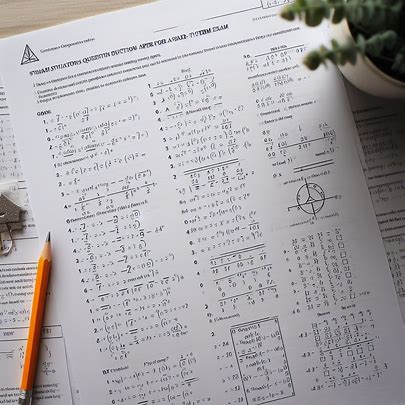
| Download second term maths question paper | Click here |
| Maths Question paper 1 | Click here |
Conclusion
Second term maths question papers are stepping stones toward academic excellence. By approaching them strategically, students can enhance their mathematical skills and perform well in their final exams. Remember, practice, understanding, and confidence are key to success!


